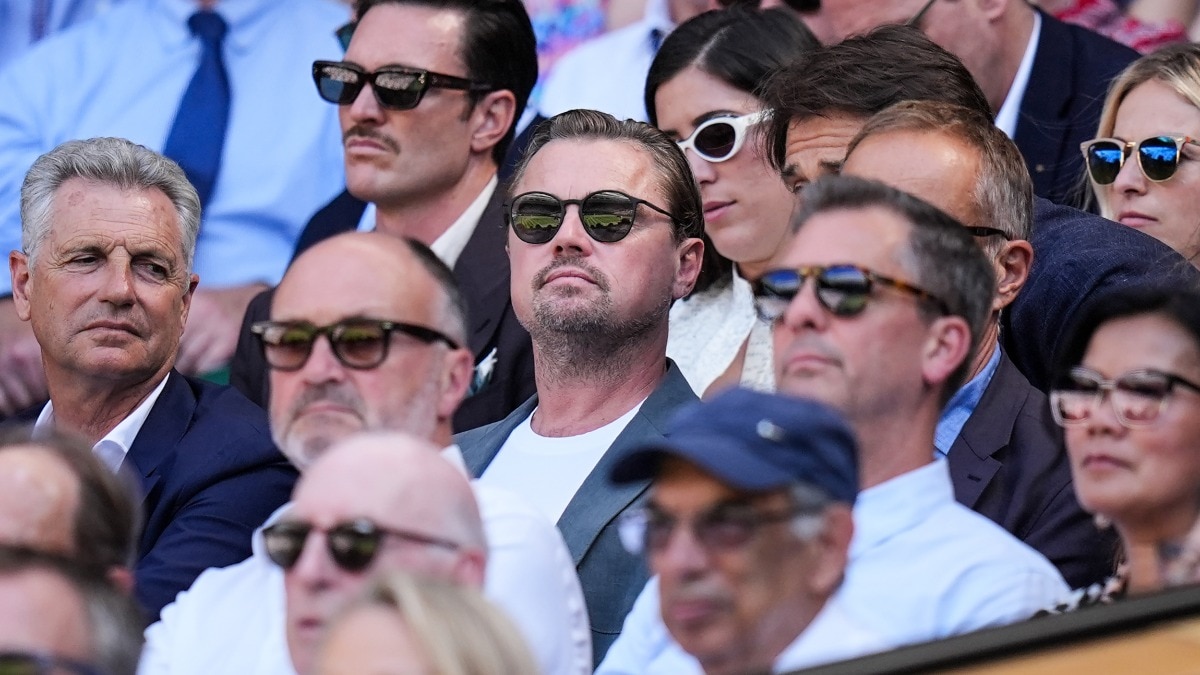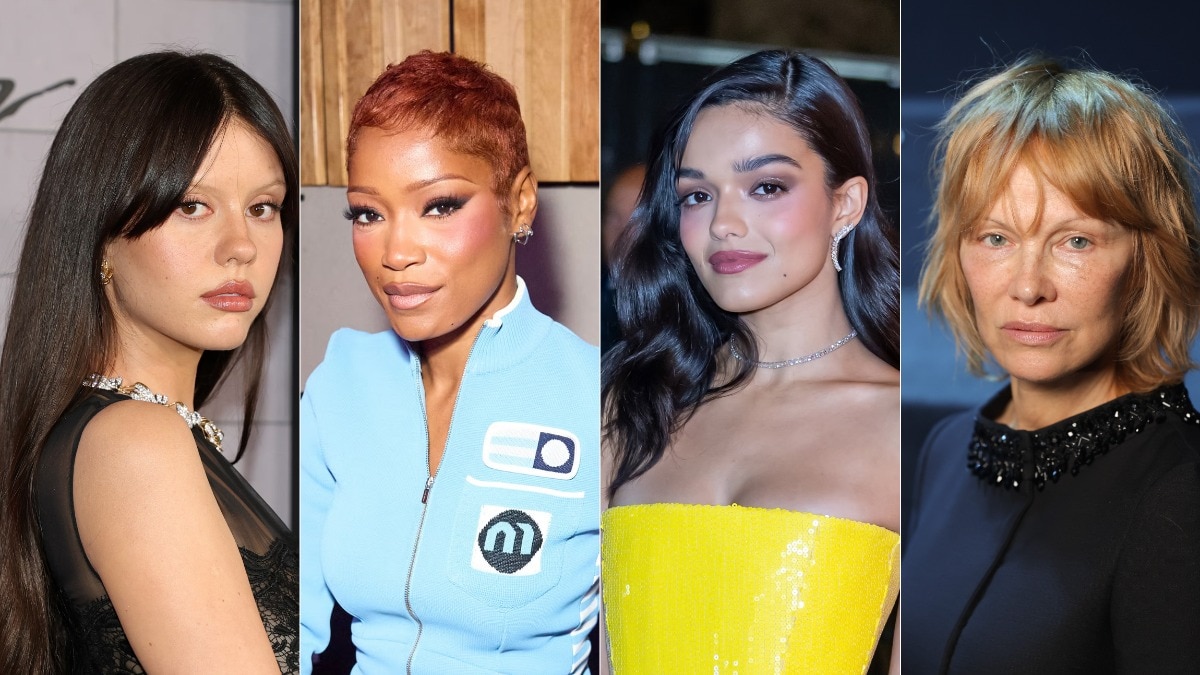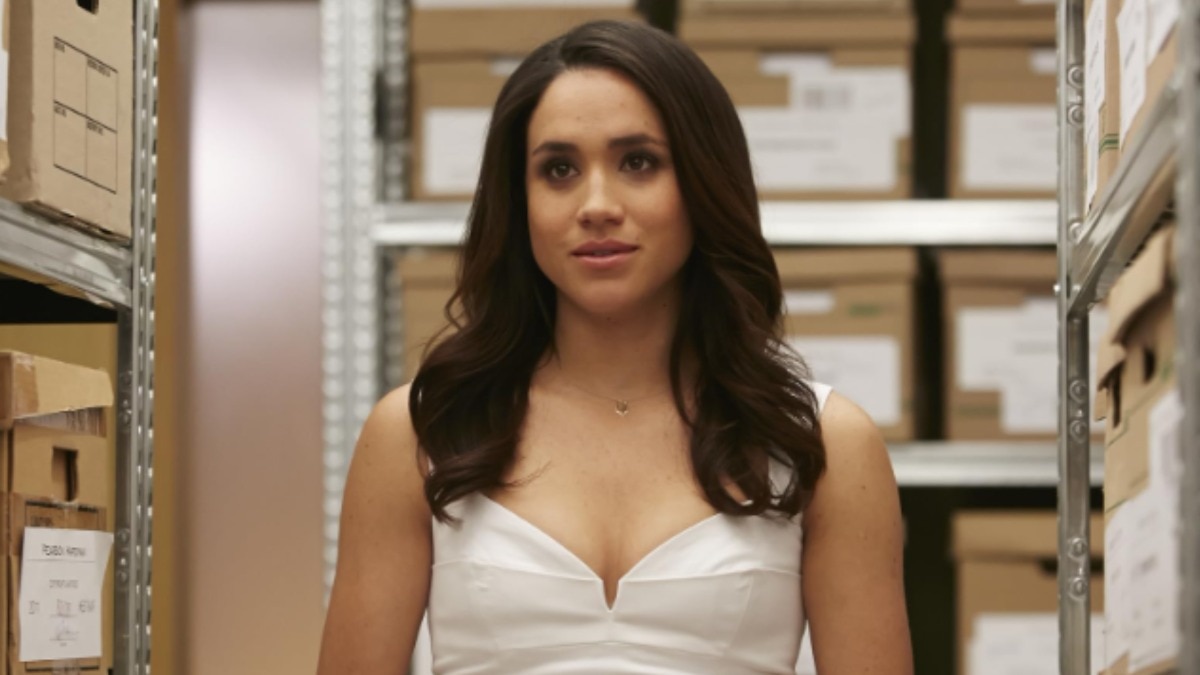
Six patrons of art let us in on how women view the future of the industry
Hear from KNMA founder Kiran Nadar, Chatterjee & Lal co-founder Tara Lal, Vadehra Art Gallery director Roshini Vadehra and more.


The burgeoning museum culture in India, democratising of art, diversity in art, moving with and away from traditional gallery settings, integrating with technology, what lies ahead for new collectors—the art insiders speak about this and more as they give us a concise class on the art market in the country.
Kiran Nadar, founder and chairperson, KNMA

Kiran Nadar needs no introduction. In January 2010, she gave India its first private museum—the Kiran Nadar Museum of Art (KNMA). Today, she is a recipient of the Padma Shri award and is regarded as one of the pioneers of art in the country. A prominent name in promoting contemporary art, Kiran feels art has acquired a heightened sensitivity post the pandemic. “All artistic mediums undergo growth and are shaped by the prevailing events. The pandemic, being a major event, has served as a source of inspiration for numerous artists,” she tells Bazaar India.
KNMA has been successful in laying the foundation of museum culture and democratise art in India. “Central to our museum’s mission is the philanthropic journey, aspiring to engage individuals from all walks of life, including both the younger and older demographics,” says Kiran. “Providing free access to the museum is a deliberate approach aimed at fostering wider participation in the museum experience, thereby contributing to the overarching goal of democratising art. Emphasising community engagement in this way becomes increasingly crucial as we strive to make art more universally accessible and valued.” She, however, acknowledges that increasing the footfall at the museum has been a Herculean task. “One of the major challenges was boosting visitor numbers, particularly compared to Mumbai and Kolkata where there is a significant population interested in art.” She says the museum’s collaborations with local communities, schools, and cultural organisations played a pivotal role in making KNMA more inclusive. “By curating events that resonate with the diverse cultural fabric of Delhi, we aim to bridge the gap and make art more accessible. While the challenge of increasing visitors remains, our commitment to diversity and inclusivity continues to guide our strategies in creating a vibrant and engaging cultural space.”
Be it opening the first private museum or organising a street art festival in the heart of the Capital, Kiran is always keen to try something new. “With the Lodhi Art Festival last year, our objective was to celebrate Delhi’s rich culture, foster community engagement, and explore the potential of public spaces as platforms for artistic expression,” she recalls. She feels there is a comprehensive growth in the current art market. “There is a growing interest in Indian art among collectors and institutions worldwide. Events like the India Art Fair in Delhi along with the successful launch of Art Mumbai, signify a vibrant and evolving art scene. I believe that Indian art is on an upward trajectory.”
Tara Lal, co-founder, Chatterjee & Lal

In the heart of the contemporary art scene, one name stands out—Tara Lal. As a visionary gallerist, Tara has elevated the art of curation to a form of poetic expression, weaving narratives through colours, shapes, and textures.
Known for her discerning eye and innate ability to spot emerging talent, Tara has transformed her gallery—Chatterjee & Lal—into a sanctuary for artistic exploration. In the hands of this extraordinary gallerist, art becomes a living, breathing entity, inviting all who enter to see the world through a kaleidoscopic lens of boundless possibilities. “We recognised that there were great artists emerging at the beginning of the millennium but not many platforms were willing to show more challenging material,” recalls Tara whose gallery in Mumbai will complete two decades in August. Asked about the biggest challenge she faces as a gallerist, Tara says it’s undoubtedly storage, “At least in a city like Mumbai where space is a luxury. The upkeep and maintenance of the storage given the weather conditions in our city, is a big challenge,” she tells Bazaar India.
city, is a big challenge,” she tells Bazaar India. Tara’s commitment to fostering diversity in the art world is evident in the kaleidoscope of styles and mediums that grace the walls of her gallery—from avant-garde installations to classical masterpieces. Her gallery is focused on emerging and mid-career artists whose works reveal strong ties to India. “We believe that the young artists in India are full of promises, especially women artists. We have recently begun representing the work of Moumita Das and Arshi Irshad Ahmadzai, two amazingly talented young artists who are presently taking the art world by storm.” Asked for a piece of advice for young female artists, Tara asks them “to continue to work and create with sincerity and integrity, and the hard work will pay off one day.”
Speaking about what lies ahead for galleries, the patron of art is confident that the future is hybrid. “Popups and Instagram cannot really replace six week long showings in a white cube space. For galleries to stay relevant, they need to embrace pop-ups, Instagram and many other innovations. Galleries will only suffer when they choose to ignore the platforms that engage the cultural zeitgeist,” says Tara.
The visionary gallerist believes that the democratisation of the Indian art market has been a significant factor “especially in the increasing visibility and agency of young art workers within the ecosystem.” Tara feels because of this, varied voices are getting a chance to be heard. “Young artists today can enjoy the benefits of new art histories, which are uncovering previously under-represented practices, especially those of women artists, and artists working beyond paintings and sculptures. This bodes well for the kind of work young artists want to make,” she concludes.
Roshini Vadhera, director, Vadehra Art Gallery

Roshini Vadehra was drawn to pursue arts due to the rich legacy established by her father [Arun Vadehra], who opened the Vadehra Art Gallery in 1987. Joining the same in 2004, she dedicated herself to expanding the gallery’s contemporary art programme and initiated a non-profit organisation called The Foundation for Indian Contemporary Art [FICA] in 2007. Now, most of her time involves travelling all over the country visiting artists’ studios to scour the perfect work for exhibition installations and placing works in collections. Selecting artists, Roshini suggests, involves considering both talent and the relationship with the gallery. “The gallerist-artist bond, akin to a marriage, necessitates mutual respect for enduring success.”
Roshini’s private art collection mirrors the gallery’s programme, incorporating works from artists she shares a special connection with, having witnessed their creative journey. “I collect pieces from various galleries, both Indian and international. Noteworthy additions to my collection include works by Arpita Singh, Wolfgang Tillmans, Dhruvi Acharya, and Balkrishna Doshi,” she mentions.
“Over the last five years, the Indian art market has witnessed a significant shift, marked by an influx of new collectors. In a country where state support is minimal, private patronage is key to making the market more robust,” adds Roshini. Homebuilders are increasingly seeking to adorn their walls with art, with many evolving into patrons supporting the arts through CSR initiatives or art foundations.
According to Roshini, having a strong digital presence is crucial for art to connect with audiences. “Fortunately, the art world adapted quickly to the digital world—be it online viewing rooms or virtual exhibitions using technology, 3D immersive experiences facilitated accessibility, attracting new collectors and expanding the interests of seasoned ones.” For those entering the art world, whether one is looking at it as a career or a collector, Roshini’s advice remains consistent, “educate yourself thoroughly, engage with experts, read, and visit exhibition spaces.” The art realm for her is an everevolving learning space, making it thrilling for everyone involved in the process.
The future of art in India, Roshini states, “holds immense growth potential.” She promotes the need for more private museums and foundations, alongside active state-run institutions, for substantial development. “Events like the India Art Fair and Kochi Biennale play pivotal roles in enhancing public engagement. Encouraging entrepreneurship in the market and fostering more galleries, will provide additional opportunities for artists to exhibit, ultimately increasing engagement from curators, collectors, and other stakeholders in the art scene,” she signs off.
Farah Siddiqui, Co-founder, BENNFT

Farah Siddiqui’s journey into the realm of art was nothing short of exciting, thanks to her mother’s nurturing influence. “She introduced me to myriad artistic experiences by taking me to numerous exhibitions held in private galleries and museums,” says Farah.
Transitioning from personal appreciation to the professional art market uncovered a new dimension, demanding a comprehensive understanding of art from various perspectives—embracing the viewpoints of buyers, gallerists, artists, and the broader economic landscape. While Farah’s early exposure laid the foundation, delving into the professional aspects enriched her understanding, challenging her to view art through multifaceted lenses. “The highlight so far has been curating the largest-ever public art conservation project, ‘Elephant Parade India’ and joining the Elephant Family Foundation,” she exclaims
Working closely with young and upcoming artists, Farah is optimistic about the future. She established Cultivate Art in 2018, which aimed at furthering emerging artists’ careers and building the next generation of collectors. “The art landscape has transformed over the last two decades, offering unprecedented global exposure for young artists through platforms like Instagram and online galleries. The definition of art has expanded, encompassing various forms such as digital art, virtual reality experiences, and interactive installations,” she adds. This diversity allows emerging artists to experiment with new mediums, pushing the boundaries of traditional artistic expressions.
pushing the boundaries of traditional artistic expressions. Despite the positive changes, she understands that challenges persist, including issues of representation and the commercialisation of art. “Navigating these complexities while staying true to their vision is crucial for emerging artists. Our vision for Cultivate Art is to be more than just a platform—an artistic space to empower the most creative minds of our generation.”
There is a paradigm shift in how art is experienced. “The future of art in India, like elsewhere, might involve a blend of traditional gallery settings and innovative, non-traditional spaces. It’s about finding a balance that allows for inclusivity and accessibility without diminishing the value of the gallery experience,” mentions Farah.
Farah’s word of advice for young female artists: “Embrace your unique voice, stay dedicated to your craft, and connect with mentors.” Moving forward, her vision for the future of Indian art revolves around the dynamic intersection of the country’s cultural legacy with evolving social and economic dynamics. “The integration of technology, including digital art, virtual reality, and blockchain, holds the potential to unlock novel pathways for experimentation and foster collaborative ventures among artists, ushering in an era of innovative artistic exploration,” she concludes.
Shalini Passi, Founder, SPAF and MASH

Renowned as an art patron, Shalini Passi has played a pivotal role in supporting emerging artists and promoting contemporary art. Her passion for art is evident through initiatives like the Shalini Passi Art Foundation and MASH, that aim to nurture talent and provide a platform for artists to showcase their work. “Regarding the promotion of young and emerging artists, there is a lot of room for improvement,” says Shalini. “There is a need to cultivate a culture of appreciation of art and artists. I truly believe that corporations and institutional support can result in the sustenance of the artists, which in turn creates a space for a circular economy and allows for more independent works to flourish.”
Shalini’s love for art started young. “I was exposed to museums and galleries across various cultures. This helped forge my relationship with art. I have tried my hands in paintings as well as sculptures. I had early exposure to architecture as well since my father was in the construction business. He was an artist too, and that further shaped my journey into the art world,” Shalini tells Bazaar India..
Shalini’s personal collection has been talked about in many social circles. She says the kind of art she feels attracted to ranges from minimal to maximal. “It is very eclectic. Artworks that make it to my collection are interconnected. It is more like collecting pieces for my jigsaw puzzle. If a certain piece of art fits the puzzle, I make sure to collect it,” says the avid art collector. Shalini says Anita Dube’s Theatre of Sade is particularly dear to her. “It laces day-to-day objects with black velvet, encouraging viewers to explore these objects from a different perspective.”
According to Shalini, the most significant shift in the Indian art market is the growing interest of international organisations like Sotheby and Christie. “Collaborations with these international organisations with Indian organisations would not only give the young artists space but also help in knowledge transfer. Along with that, these organisations coming to India also are a testament to our art scene’s credentials. It creates room for further collaboration, encouraging the institutions to consistently seek new talent and in the process, cultivate art.”
Shalini believes there is ample promise in the future of Indian art. “With growing accessible spaces, artists have been able to innovate and experiment with different mediums. Interdisciplinary and research-based art is gaining a lot of attention, as diversification of themes and more socially aware art is becoming mainstream, ensuring that the line between popular and alternate art is blurring,” she adds.
Asked about her advice to budding artists, Shalini tells them to have a vision. “One has to stay true to their art and craft,” she adds. To young collectors commencing their journey, she recommends actively participating in art shows, galleries, museums, and art fairs. “Some of these avenues have become more accessible and budding collectors should gain from them,” she concludes.
Tarana Sawhney, Chairperson, CII Task Force on Art and Culture

Tarana Sawhney was introduced to the world of art during her teenage years when her grandfather acquainted her with weekly art exhibitions. Notable among them were MF Hussain’s exhibition themed on Madhuri Dixit and the Padshahnama at the National Museum in New Delhi. “Some of these shows remain etched in my mind because they clearly evoked a strong reaction,” says Tarana. These experiences ignited Tarana’s passion, leading her to chair a pivotal South Asian exhibition at MK Gallery in the UK, showcasing Indian miniatures for the first time since the 1997 show in India
“My husband, Tarun, and I share a profound interest in South Asian contemporary art and Indian antiquities. Our contemporary art collection, though initially organic, shifted towards a focus on Indian women artists,” mentions Tarana. The duo is deliberate in their acquisitions, aiming for a balance across the art spectrum. Photography, particularly portrait photography, is also a significant part of the couple’s collection. Tarana, having served as an advisory board member for FICA [Foundation for Indian Contemporary Art] since 2007, takes particular interest in showcasing the works of emerging artists in her home. “Art should not be restricted by brand and success but what seems eternal,” she believes.
According to Tarana, the greatest joy of acquiring art is the emotional and visceral experience that comes with the first reaction to a piece. “I believe that an entire ecosystem of the art community should participate in the acquisition process. Conversations with the artist and gallerist to framers and installers—all play a significant role in the process.”
The Indian art market, Tarana believes, has witnessed a paradigm shift over the past five years. International institutions acquiring Indian art and global exhibitions focusing on Indian artists mark a crucial development. “I was particularly privileged to be a co-organiser of the Indian National pavilion at Venice in 2019 and the reactions of international audiences was incredibly positive. The rise of new, younger collectors in India, especially drawn to contemporary art, has energised the primary market,” she adds. Owing to the same, events like the Kochi Biennale, Serendipity, India Art Fair, and the recent Mumbai Art Fair have seen increased participation, making art more accessible.
For those entering the art world, Tarana advises: “Buy what you like, as you will live with it every day. Engage in conversations with gallerists, research artists’ trajectories, and ensure the artwork resonates with you.”
With private museums opening to the public and an increasing exposure to collecting practices in the country, the future of art holds great potential, says Tarana. “Remaining true to our Indian identity will be our greatest strength on this exciting journey,” she concludes.
Authors: Malika Halder and Shubhangi Jindal
This article originally appeared in the January-February 2024 print issue of Harper's Bazaar India.










